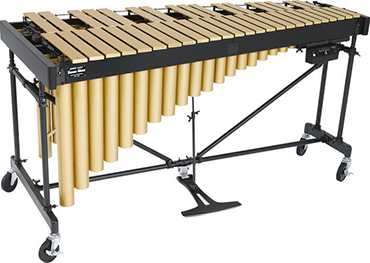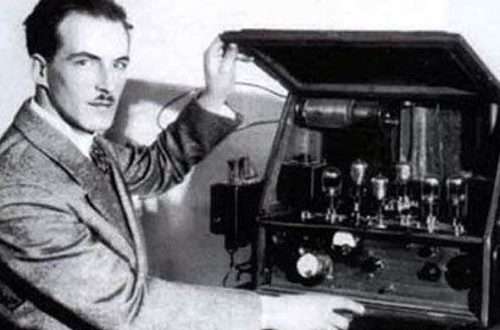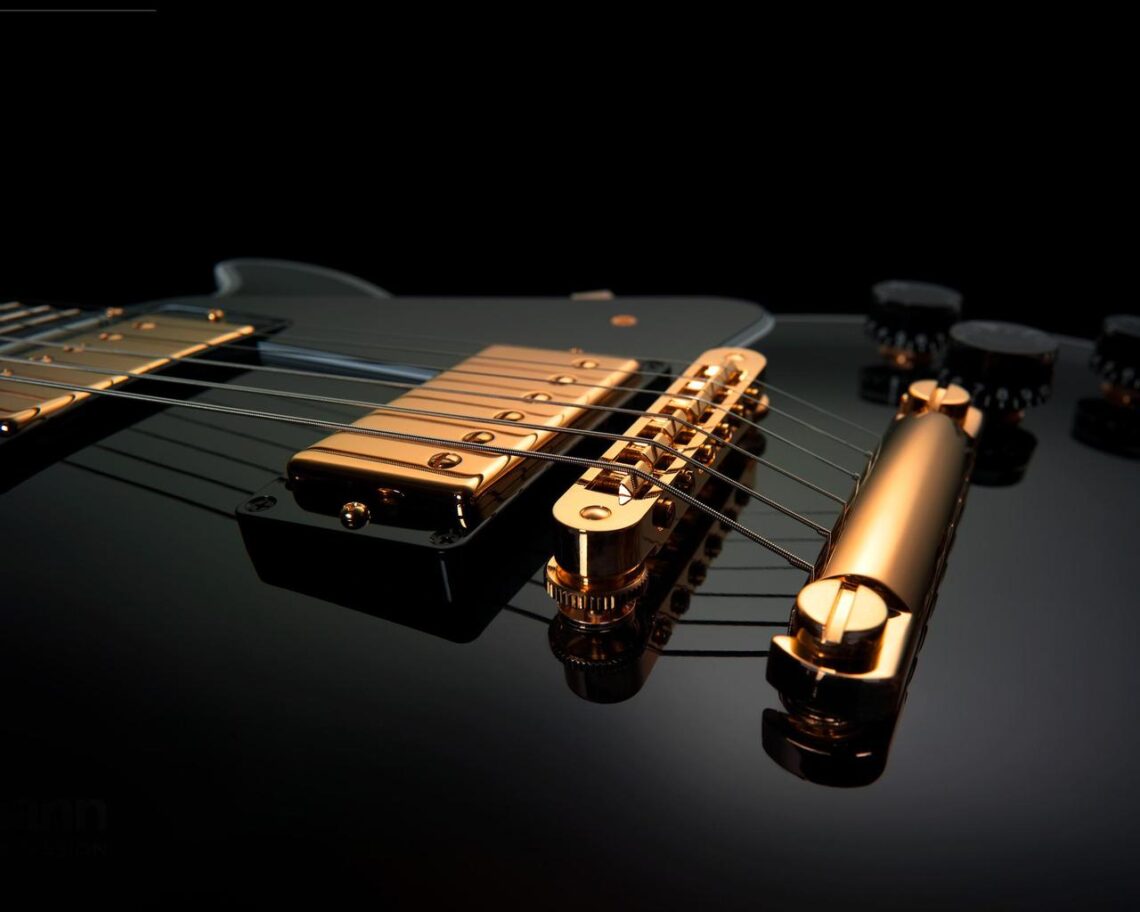
Deep tuning of an electric guitar
If you think that tuning a guitar is just a matter of tightening the tuners before playing, you are mistaken. The height of the strings, the deflection of the neck, the position of the pickups, the scale length – all this can and should be changed in order to achieve better sound and ease of playing the instrument. In this article we will look at deep tuning of an electric guitar: how this is done and why it is needed.
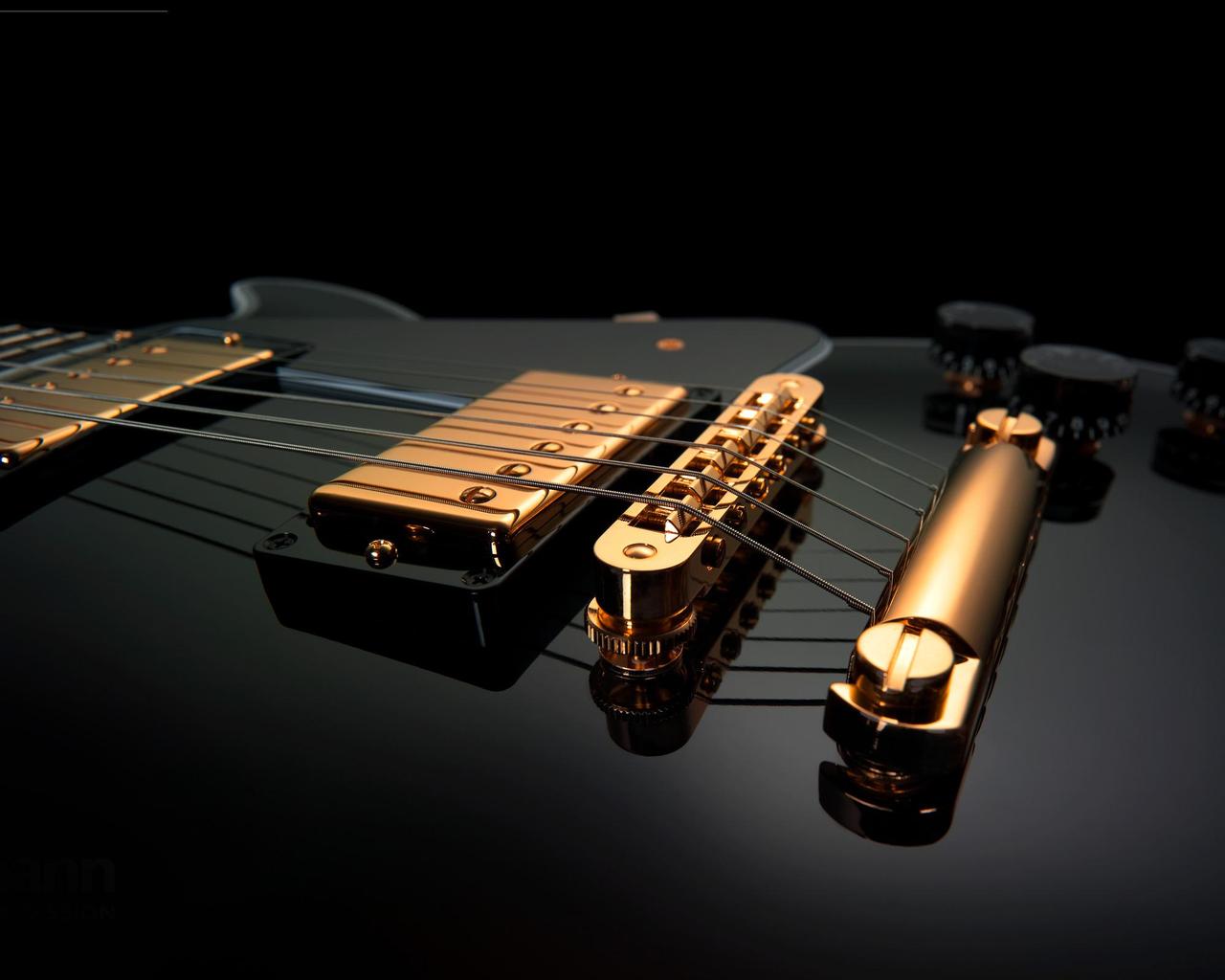
Adjusting the neck deflection
The neck of an electric guitar (and most acoustic guitars with metal strings) is not just a piece of wood. Inside it is a curved metal rod called an anchor. Its task is to increase the strength of the tool and prevent deformation. The tension of the strings slowly but surely bends the neck and the metal holds it in place.
Climate humidity and the age of the wood can also deform the neck. There is a special nut at the end of the anchor. By twisting it, you can bend or straighten the rod, changing the deflection of the neck. In this way, you can always respond to the negative influence of the external environment and return the instrument to its original state.
It’s very easy to check if your guitar needs tuning. Press down the 6th string at the first and last frets at the same time. If it comes into contact with any threshold, the anchor needs to be let loose. If the gap is too long – stretch. Keep in mind that you need to check on a configured instrument. And exactly in the formation in which you play most often.
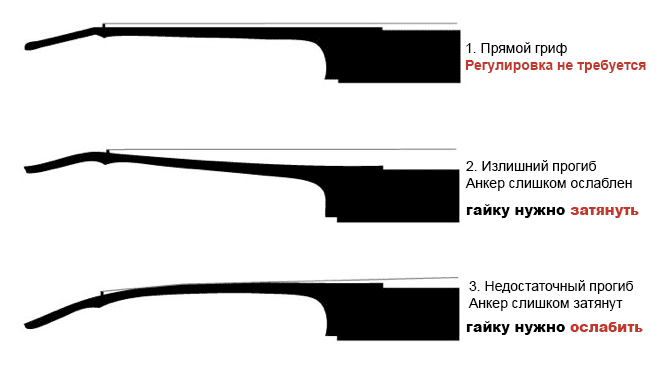
The ideal distance depends on the tool, but should generally be 0.2–0,3 mm. If the strings are too close, they can rattle when playing and spoil the entire sound. If it’s far away, you can forget about playing fast.
There is nothing complicated about the setup itself either. Use a hex wrench to tighten the anchor bolt. Usually it is located on the headstock in a special hole. Often it is closed with a small lid, which must first be unscrewed. In rare cases, the hole may be located at the other end – at the place where the neck is attached to the body.
To loosen the anchor, tighten the bolt counterclock-wise. To tighten up – clockwise. It is very important to take your time here. Turn the key a quarter turn – check. Twisting the nut back and forth is not very beneficial for your tool.

String height
With this parameter, everything is simple: the lower the strings, the less time and effort you will spend pressing them. This is one of the most important parameters for speed play. When the number of notes played exceeds 15 per second, every moment counts.
On the other hand, the strings constantly vibrate during playing. The amplitude is small, but still. If during the game you hear rattling, rustling and metallic clanging, you will have to increase the distance. It is impossible to give exact values. They depend on the thickness of the strings, your playing style, the deflection of the neck and the wear of the frets. This is all determined empirically.
The height of the strings is adjusted on the bridge of the electric guitar (tailpiece). You will need a hex wrench or screwdriver. Start with a distance of 2 mm. Adjust the position of the 6th string and try playing it. Doesn’t it rattle? Feel free to set the others to the same level, not forgetting to test them. Then lower it another 0,2 mm and play. And so on.
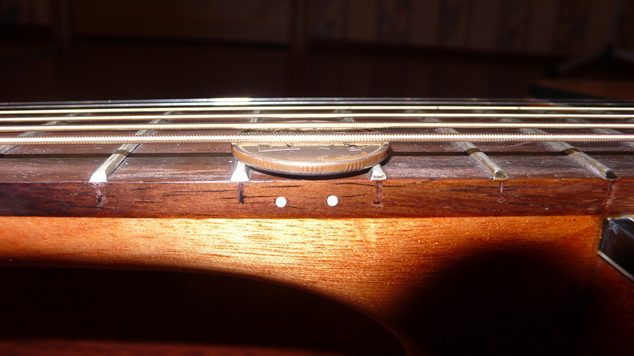
As soon as you hear the clang, raise the string 0,1 mm and play again. If the overtones are gone, you have found the optimal position. Usually the “comfort zone” of the 1st string lies within 1.5–2 mm, and the 6th – 2–2,8 mm.
Take the checks seriously. Play a few notes on each (this is important) fret. Try to play something driving, with a strong attack. Make some bends. Get the most out of your guitar when tuning, and you can be sure that it won’t let you down at a concert or during recording.
Setting the scale
The scale is the working length of the strings. In other words, this is the distance from the zero nut at the end of the neck to the bridge of the guitar. Not every tailpiece allows you to change the scale – on some it is strictly determined during production. But most accessories, especially tremolo systems, have this option.

Unlike fretless violins and cellos, the guitar cannot boast of absolute note accuracy. Even a perfectly tuned instrument will experience small errors. Small scale adjustments for each string can minimize these inaccuracies.
Everything is turned, again, with a screwdriver or a small hexagon. The required bolts are located on the back of the bridge. Start with the 1st string. Remove natural harmonic at the 12th fret. Touch the string above the fret, but do not press it, and then pluck with the finger of your other hand. Then pluck the string and compare the sounds. They must be absolutely identical. If the harmonic sounds higher, the scale should be increased; if lower, the scale should be shortened. Adjust the length of the remaining strings in the same way.
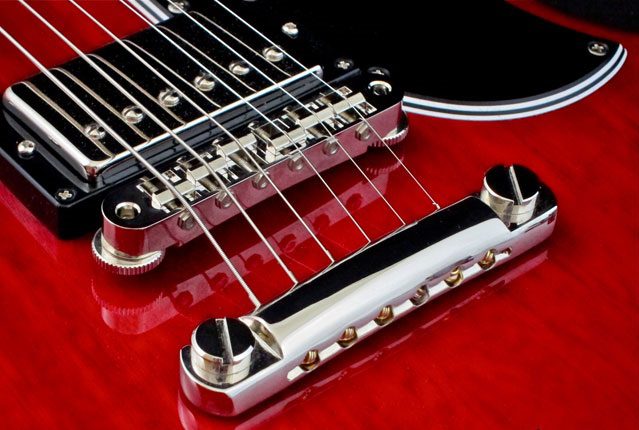
Pickup position
Now that you have figured out the neck deflection, height and string length, the guitar is almost ready to play. There’s just one small thing left – setting up the pickups. Or rather, the distance from them to the strings. This is an equally important point – the volume of the sound and the presence of “tops” (heavily overloaded dirty notes) depend on it.
Your goal is to get the pickups as close to the strings as possible, but with two conditions. Firstly, you should not pick the sound with a pick while actively playing. Secondly, none of the strings clamped on the last fret should produce extraneous unpleasant sounds.
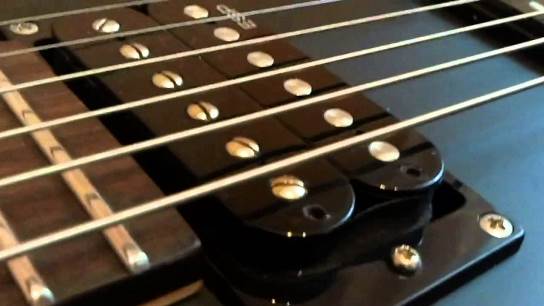
The height is adjusted using bolts on the pickup body. Tighten both sides alternately and try to play. And so on until you find the optimal position.



